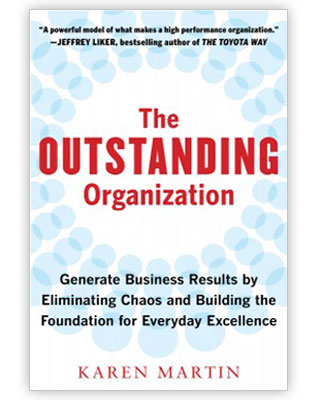The general causes of troubles in factories arise from wrong knowledge and incorrect operations. To discern what is wrong and what is incorrect we have to launch into a fact finding process.
“The Facts.”
An overused expression.
Everybody assumes he knows, but no one actually knows.
One might be reminded of a story of the blind men touching an elephant and each reporting different description of what the elephant is.
One touches the trunk and talks only that, another touches the tail and describes the elephant as such.
Each believes his experience to be correct.
People often tell the stories from others as if they were their own experiences.
Discussions alone cannot eliminate troubles.
Words cannot always describe facts.
What is white may turn out as black.
Discussions cannot settle whether it is white or black.
“Let facts speak for themselves.”
With a humble attitude, carefully check things one by one.
At any rate what we are dealing with is a difficult thing.
It has an infinite number of features.
We must be aware that our knowledge and experience are finite, and always imperfect.
This recognition will make the facts appear.
A person who has engaged in a job for a long time is the one we call experienced.
As experienced person has a great deal of knowledge about that job.
These are correct knowledge and incorrect knowledge.
The problem is that he doesn’t know which is correct and which is wrong.
A true expert is the experienced person who is always furnishing his knowledge with facts, reflecting on that knowledge and making corrections.
Unfortunately, all persons with experience are not necessarily be true experts.
They can become encumbrances who bear superstitions.
We have to work diligently to find true knowledge.
It is just like in climbing a mountain road, you have to climb one step at a time.
After you’ve continued the climb for some time, you’ll suddenly realize how far you are above the starting point.







